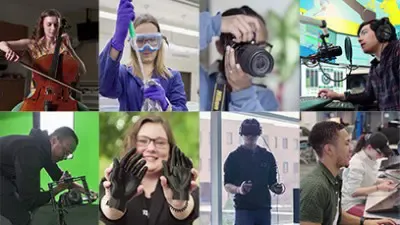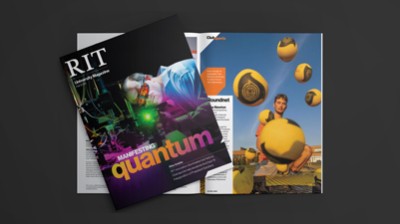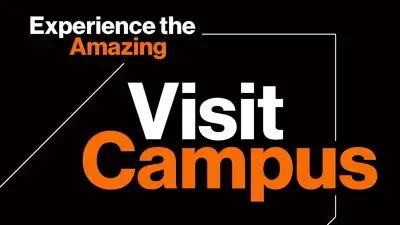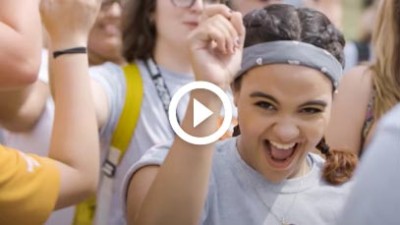ASL Performance Minor
- RIT /
- Rochester Institute of Technology /
- Academics /
- ASL Performance Minor
Curriculum for 2025-2026 for ASL Performance Minor
Current Students: See Curriculum Requirements
Contact
Program Contact
- Erin Auble
- Interim Department Chair
- NTID Department for Performing Arts
- National Technical Institute for the Deaf
- emtnpa@rit.edu
Offered within
the
NTID Department for Performing Arts
NTID Department for Performing Arts
Search RIT
This website uses cookies to provide better user experience and functionality. You can control and configure cookies in your web browser.
Cookie Statement
|
How to Disable Cookies










